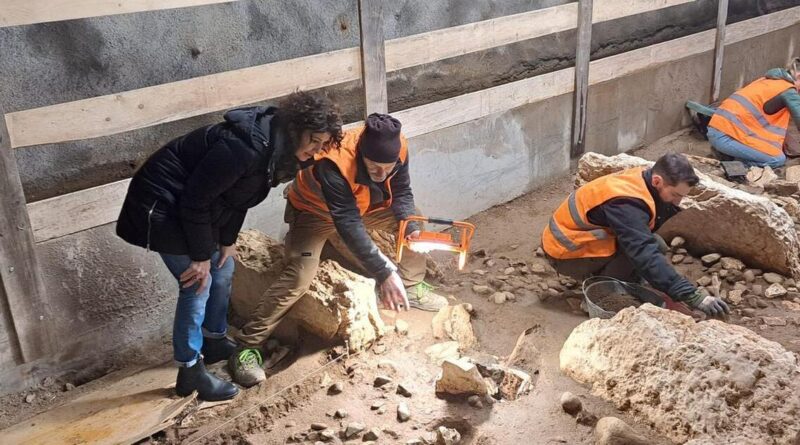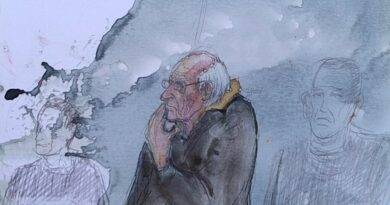“Monumental necropolis” of 200 ancient tombs unearthed by archaeologists in Italy
Italian archaeologists recently uncovered a “monumental necropolis” that appeared to honor an elite class of people thousands of years ago, provincial officials announced this month.
The ancient cemetery found in Trento, a northern Alpine city, includes at least 200 individual tombs, which experts believe date back to the early Iron Age, a pre-Roman period between the 9th and 6th centuries B.C.E., shedding new light on the history of the region. Excavators discovered the necropolis while carrying out restoration and development work on a historic building in the area, a project spearheaded by Trento’s archaeological heritage office, said the city’s provincial council in a news release unveiling what officials called an “exceptional” find.
Prehistoric flooding from nearby rivers likely helped preserve the sprawling grave site, effectively sealing the sediment and allowing the burial ground to stay remarkably intact over the course of millennia, the council said. Archaeologists unearthed graves filled with “grave goods,” objects that in some cultures were traditionally buried with the dead as a sort of sacrificial gesture, as well as cremated human remains, about 8 meters, or around 24 feet, underground.
Press Office of the Provincial Council of Trento Archive
Francesca Gerosa, the vice president and provincial councilor of culture in Trento, said the necropolis “shows us a new history of the city” in a statement translated from Italian. Gerosa noted the discovery offers a deeper look into Trento’s past, as more than “just a Roman city.”
“We know how important the commitment to research and protection of the heritage of our roots is … and here we are working intensely to bring to light a piece of history unknown to the city,” she said.
The complexity of the necropolis particularly intrigued archaeologists and researchers studying the burial ground. Tall limestone pillars were arranged vertically to mark individual graves, like headstones, each of which corresponded to a lithic box that served as the actual tomb. Archaeologists identified one “main” tomb, covered by a mound structure, along with the numerous others that concentrated the surrounding area over time.
Earth and calcined bones were found inside the boxes, although not always in the ossuary vases that Roman civilizations were known to typically use for cremated remains. In some tombs, archaeologists also uncovered fibers that likely came from fabric originally wrapped around the ashes of the dead.
Officials said the “grave goods” included decorative objects, weapons constructed from metal and other items made from amber and glass, which indicate the people who built the Trento necropolis were culturally influenced by, or otherwise connected to, other Italic groups of the time. Franco Marzatico, who led the excavation, suggested the still-unknown settlers may have contributed to the rise of the Etruscan civilization that thrived in the Alps later on.
“We have the possibility of recognizing the elite of a society that was evidently settled in the Trento basin,” Marzatico said in a statement, adding that the burial rituals represent power, privilege and status.






